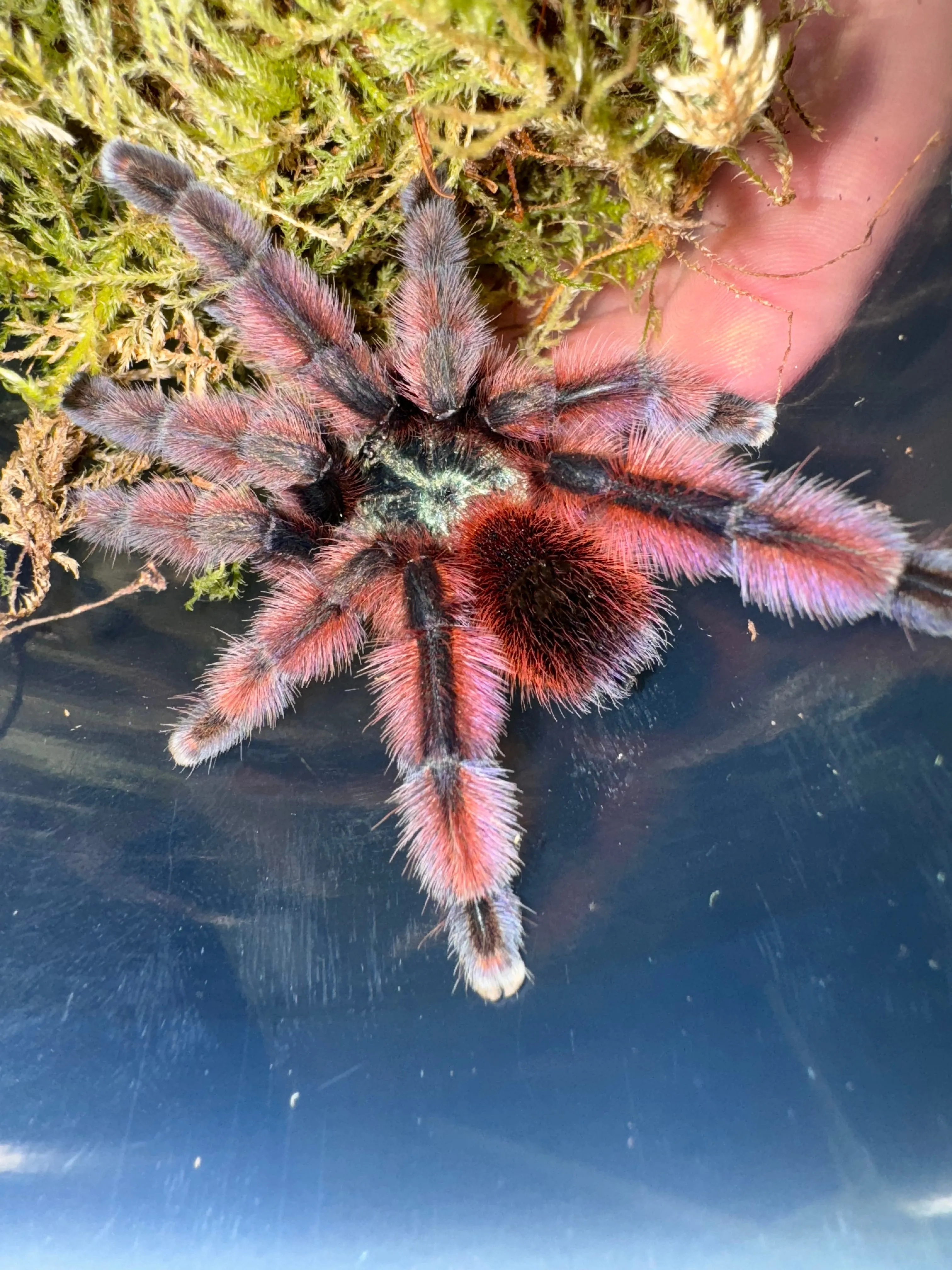Top 5 Facts When You Buy a Pink Toe Tarantula
Buying a Pink Toe Tarantula can be an exciting experience. These beautiful creatures, with their arboreal lifestyle and striking appearance, make fascinating pets. However, before you bring one home, it’s crucial to arm yourself with knowledge. This guide provides top 5 facts to help you make an informed decision, ensuring a healthy and happy Pink Toe Tarantula and a rewarding experience for you. Understanding their needs is paramount to responsible pet ownership. From their unique appearance to their specific habitat requirements, this information will help you to buy with confidence. Let’s delve into the world of these amazing arachnids.
Appearance of Pink Toe Tarantulas
Pink Toe Tarantulas, scientifically known as Avicularia avicularia, are instantly recognizable due to their stunning appearance. They typically have a dark body, ranging from black to dark gray, and are adorned with distinctive pink or reddish hairs on their feet, hence the name. Their size is moderate, with females often reaching a leg span of up to 6 inches, while males are usually slightly smaller. The carapace, the top part of their body, can exhibit iridescent hues in certain lighting conditions, adding to their beauty. The combination of these features makes them visually appealing and a favorite among tarantula enthusiasts. The appearance of a healthy Pink Toe Tarantula is a great indicator of its overall well-being.
Identifying a Healthy Pink Toe Tarantula
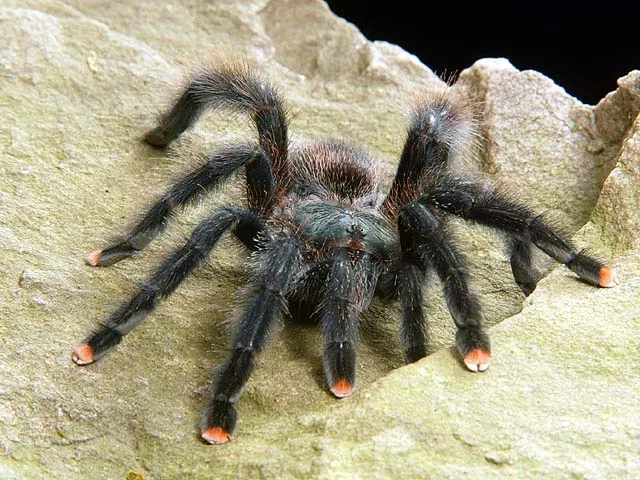
When buying a Pink Toe Tarantula, look for signs of health. A healthy tarantula should have a plump abdomen, which indicates it is well-fed and hydrated. Their legs should be intact, and they should move actively and respond to stimuli. Avoid tarantulas that appear lethargic, have a shrunken abdomen, or show any signs of injury. Look for clear, bright eyes, and make sure the fangs are intact. Check for any signs of mites or other parasites. A healthy tarantula will also have clean legs and feet. A healthy pink toe tarantula exhibits vibrant colors and moves with agility. Ask the seller questions and observe the tarantula closely before making a purchase.
Lifespan and Growth
Understanding the lifespan and growth of a Pink Toe Tarantula is essential. Females can live for an impressive 10 to 12 years or even longer, making them a long-term commitment. Males, on the other hand, typically have a shorter lifespan, often only living for 2 to 3 years after reaching maturity. Pink Toe Tarantulas grow through a process called molting, where they shed their exoskeleton to allow for growth. They molt several times during their juvenile stages, with the frequency decreasing as they mature. Providing proper care, including a suitable habitat and diet, is crucial for their healthy growth and longevity. Be prepared for the significant time investment that comes with caring for these creatures.
Pink Toe Tarantula Habitat and Enclosure
Creating the right habitat is critical for the well-being of your Pink Toe Tarantula. These arboreal tarantulas need an enclosure that caters to their natural behaviors. The enclosure should be tall rather than wide, allowing them to climb and explore. A secure lid is essential to prevent escapes, and the enclosure should be well-ventilated to prevent the buildup of harmful moisture. The size of the enclosure should be appropriate for the size of the tarantula, with juveniles needing smaller enclosures than adults. Providing the correct habitat will reduce stress and promote healthy development. A well-designed enclosure mimics their natural environment, making them feel more secure and comfortable. They are often referred to as “living jewelry” due to their beauty.
Ideal Enclosure Setup
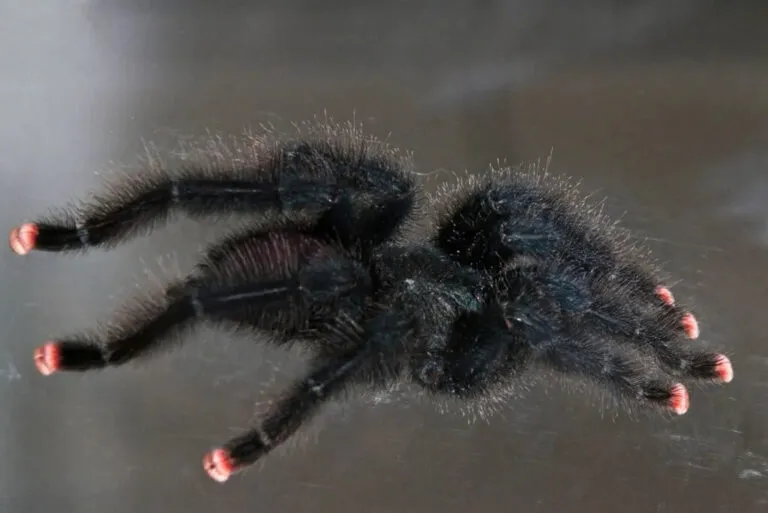
The ideal enclosure setup includes several key elements. The substrate, or bedding, should be a few inches deep and can consist of materials such as coconut fiber, peat moss, or a mixture of both. This provides a comfortable surface for the tarantula and helps to maintain humidity. Include plenty of vertical climbing opportunities, such as cork bark, branches, and artificial plants. These provide a place for the tarantula to climb, molt, and hide. A shallow water dish should always be available for hydration, but make sure it’s not too deep to prevent accidental drowning. Avoid any sharp objects in the enclosure. Ensure the enclosure is located in a quiet area away from direct sunlight and drafts. This will help your Pink Toe Tarantula thrive.
Temperature and Humidity
Maintaining the correct temperature and humidity levels is essential for your Pink Toe Tarantula’s health. The ideal temperature range is between 75°F and 85°F (24°C and 29°C). A heat source, such as a heat mat or a low-wattage bulb, can be used to maintain the temperature, but ensure it is regulated with a thermostat to prevent overheating. Humidity levels should be kept between 70% and 80%. This can be achieved by misting the enclosure with water a few times a week, and by providing a water dish. Use a hygrometer to monitor humidity levels. Good ventilation is essential to prevent mold and mildew. Regularly monitor and adjust the temperature and humidity to maintain the perfect environment for your Pink Toe Tarantula. It is also important to clean the enclosure regularly.
Feeding and Diet
Feeding your Pink Toe Tarantula is a straightforward process, but it’s important to get it right. They are opportunistic predators and will eat a variety of insects. The frequency of feeding depends on the tarantula’s age and size. Juveniles need to be fed more often, usually 2-3 times a week, while adults can be fed once a week or even less. Offer appropriate-sized prey items and remove any uneaten food within 24 hours to prevent mold and mites. The food offered must be live, and should be properly gut-loaded to provide adequate nutrition. Fresh water should be available at all times. Always observe your tarantula’s eating habits. A healthy tarantula will have a good appetite.
What Pink Toe Tarantulas Eat
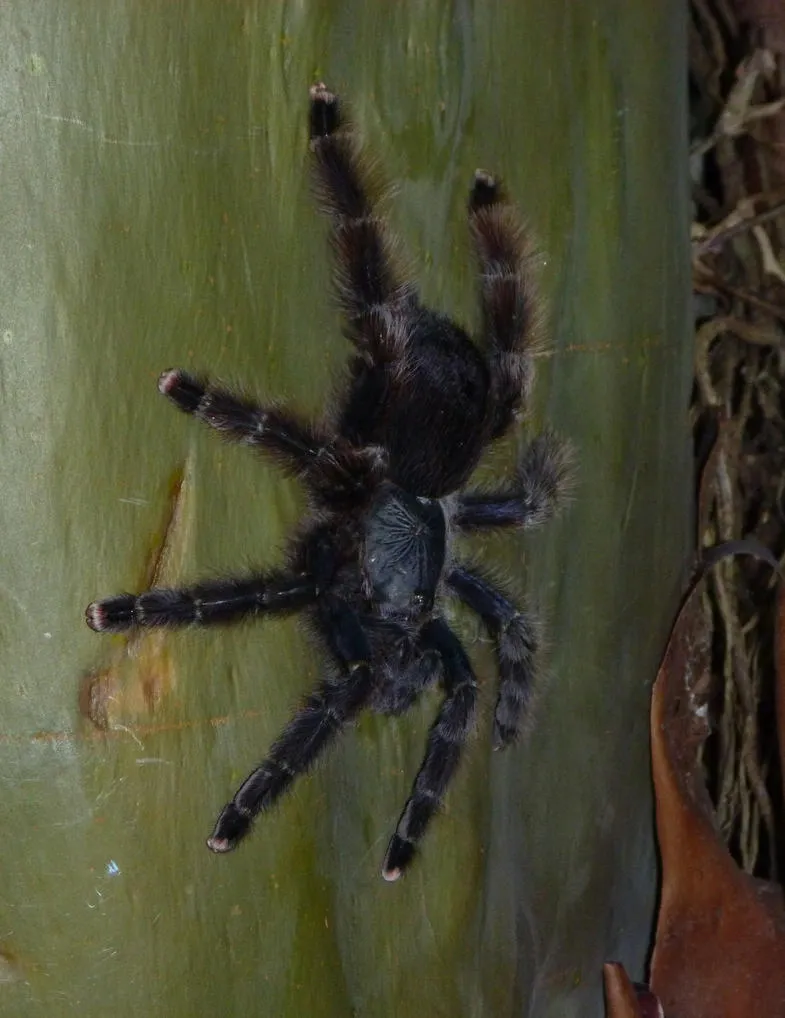
Pink Toe Tarantulas primarily feed on insects. Crickets, mealworms, and roaches are common choices. The size of the prey should be appropriate for the size of the tarantula; generally, the insect should be no larger than the tarantula’s body length. You can also offer other insects, such as wax worms or superworms, as occasional treats. Ensure that the insects are gut-loaded with nutritious food before feeding them to your tarantula. Avoid feeding wild-caught insects, as they may contain pesticides or parasites. Provide a varied diet to ensure your tarantula receives a range of nutrients. Carefully watch their eating habits. Always remove uneaten food.
Feeding Schedule
The feeding schedule for Pink Toe Tarantulas varies with age and size. Spiderlings and juvenile tarantulas should be fed more frequently, typically 2-3 times per week, as they need more energy for growth. As they mature, the frequency can be reduced. Adults can be fed once a week, or even less often, depending on their individual needs and appetite. Overfeeding can lead to obesity and health problems, so it’s important to monitor your tarantula’s condition. Adjust the feeding schedule based on your tarantula’s appetite and appearance. A well-fed tarantula will have a plump abdomen. Be careful not to overfeed.
Pink Toe Tarantula Temperament and Handling
Pink Toe Tarantulas are known for their relatively docile temperament, but it’s important to handle them with care. While they are not typically aggressive, they can bite if they feel threatened. Their bite is usually not medically significant to humans, but it can be painful. It’s best to avoid handling them unless necessary, such as for cage maintenance or health checks. Always approach them calmly and gently. If handling is necessary, do so close to the ground or over a soft surface to prevent injury if the tarantula falls. It is essential to understand their behavior. Always prioritize the safety and well-being of both the tarantula and yourself.
Handling Safely
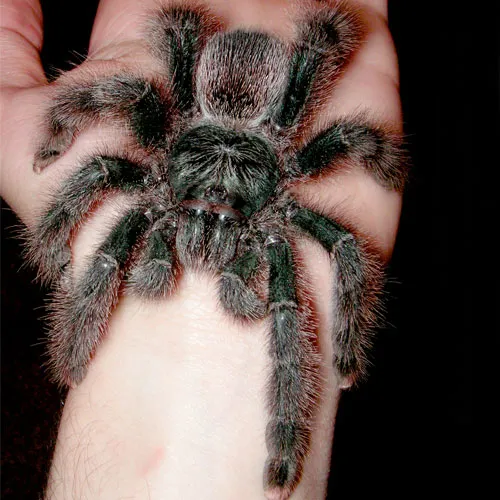
If you need to handle your Pink Toe Tarantula, do so with caution and a slow, deliberate approach. Never grab the tarantula; instead, gently encourage it to walk onto your hand. Keep your movements slow and avoid any sudden motions. Always handle the tarantula close to the ground or over a soft surface, such as a bed or couch, to minimize the risk of injury if it falls. Wash your hands thoroughly before and after handling to prevent the transfer of any oils or chemicals. Be mindful of the tarantula’s behavior and body language. Be patient and gentle. If the tarantula shows signs of stress, put it back in its enclosure immediately.
Signs of Stress
Understanding the signs of stress in Pink Toe Tarantulas is critical. If your tarantula feels threatened, it may exhibit certain behaviors that indicate it is stressed. These include flicking hairs off its abdomen, a defensive posture with raised front legs and fangs, or rapid movements. If your tarantula curls up into a tight ball, this is usually a sign of extreme stress. If you observe any of these signs, immediately stop handling the tarantula and give it space. Return the tarantula to its enclosure and allow it to calm down. Provide a safe and secure environment to help the tarantula relax. Reduce any environmental stressors, such as loud noises or vibrations. Understanding these signs helps you care for your Pink Toe Tarantula.
Where to Buy Pink Toe Tarantulas
When you buy a Pink Toe Tarantula, it’s important to choose a reputable source. Purchasing from a reputable breeder or supplier increases the chances of getting a healthy tarantula. Research different breeders and suppliers online, and read reviews to gauge their reputation. Check for any health guarantees or return policies. Local pet stores may sometimes carry Pink Toe Tarantulas, but it’s crucial to assess the conditions they are kept in and the knowledge of the staff. Attending reptile shows can also be a good way to find a variety of tarantulas and interact with breeders directly. A healthy tarantula is essential to a great experience.
Reputable Breeders and Suppliers
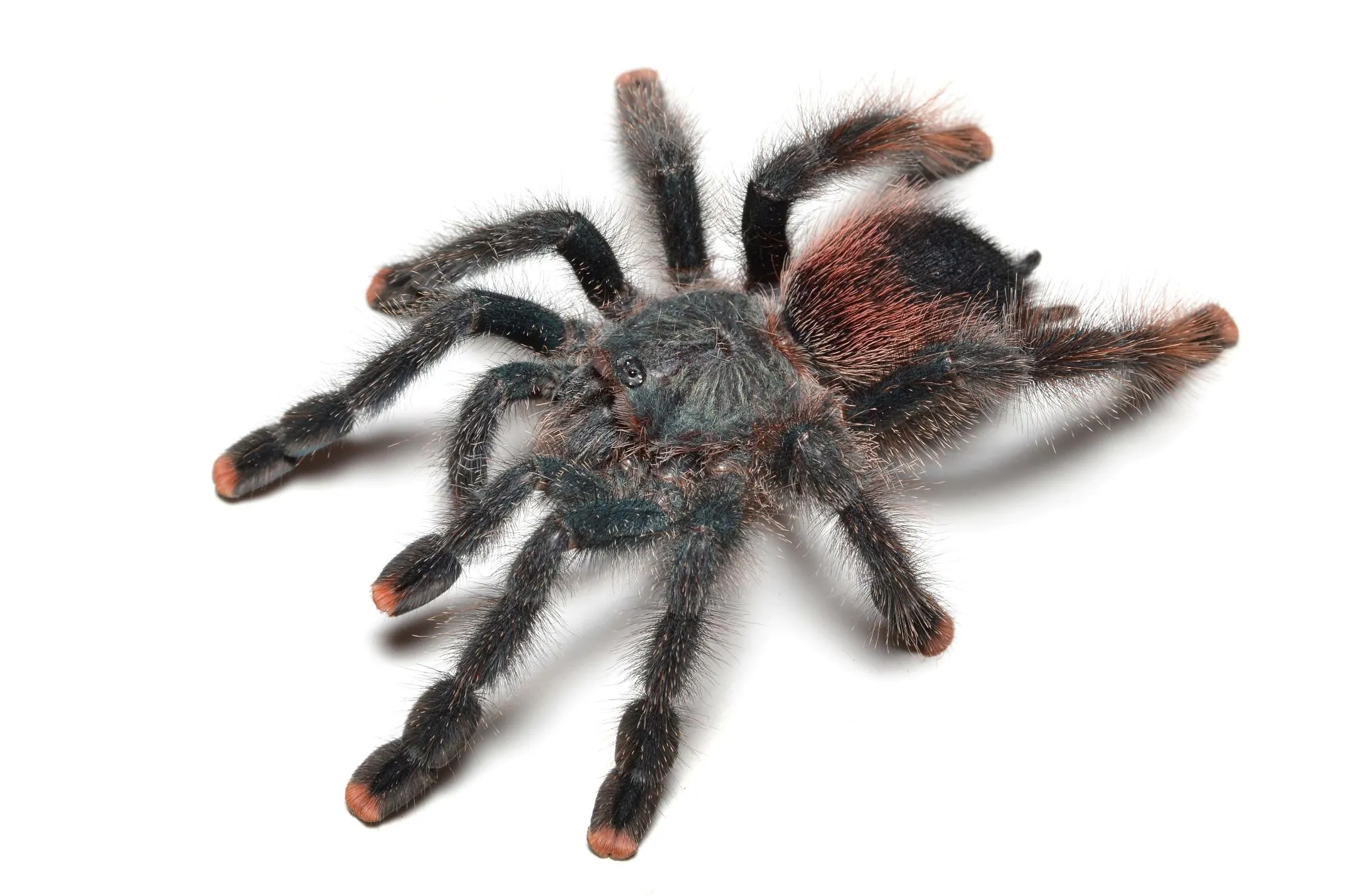
Finding reputable breeders and suppliers is key to ensuring you buy a healthy Pink Toe Tarantula. Look for breeders who specialize in tarantulas and have a good reputation within the reptile community. Check online forums and social media groups for recommendations. Contact the breeder and ask about their breeding practices, the health of their tarantulas, and their guarantees. A reputable breeder will be knowledgeable and willing to answer your questions. Verify the health of the tarantulas before you buy. Look for suppliers with transparent practices and good customer service. Buying from a reputable source greatly increases your chances of owning a healthy and thriving Pink Toe Tarantula.
Avoiding Scams
Unfortunately, scams do exist in the pet trade. It is crucial to be vigilant when buying a Pink Toe Tarantula online. Always do your research on the seller before making a purchase. Look for reviews, testimonials, and references. Be wary of sellers who offer unbelievably low prices or pressure you into making a quick decision. Avoid sending money through untraceable methods, such as wire transfers or prepaid cards. If possible, meet the seller in person to see the tarantula and its living conditions before purchasing. If something seems too good to be true, it probably is. Protect yourself by being informed and cautious. Protect your investment by researching sellers before paying.
Final Thoughts
Buying a Pink Toe Tarantula can be a rewarding experience, but it requires careful consideration and preparation. These beautiful creatures make fascinating pets, but they also have specific needs that must be met to ensure their health and well-being. By understanding their appearance, habitat requirements, dietary needs, and temperament, you can provide the best possible care. Choosing a reputable breeder or supplier is essential to ensure you get a healthy tarantula. Remember to handle them with care and respect their needs. With the right knowledge and preparation, you can enjoy the unique and captivating world of Pink Toe Tarantulas for many years to come. Enjoy the journey, and be prepared for the long-term commitment. Responsible ownership ensures both the tarantula’s health and your enjoyment.
